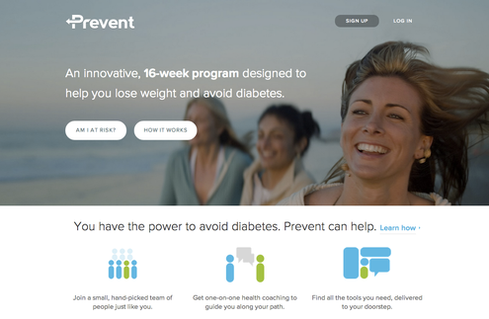Physician EHR Adoption Leaps 21% In 2013Physician EHR Adoption Leaps 21% In 2013
Healthcare providers and EHR vendors are making strides toward updating systems to qualify for Meaningful Use Stage 2.


8 Healthcare Startups Catch Fire
8 Healthcare Startups Catch Fire (Click image for larger view and for slideshow.)
Adoption of basic electronic health record (EHR) systems by office-based physicians increased 21% from 2012 to 2013, according to an issue brief from the National Center for Health Statistics (NCHS), a unit of the Centers for Disease Control and Prevention. Last year, 48.1% of physicians had basic EHRs, versus 39.6% in 2012.
Basic EHR systems, as the NCHS defines them, include functions for patient history and demographics, patient problem lists, physician clinical notes, comprehensive lists of patient medications and allergies, computerized orders for prescriptions, and the ability to view lab and imaging results electronically.
Last year, 78% of office-based physicians used some kind of EHR (basic or otherwise), versus almost 72% in 2012, according to the brief. That means they had some kind of electronic information system used for purposes other than billing.
[Healthcare providers don't have time for complicated technology. Let's Build A Healthcare IT System For Technophobes.]
The Meaningful Use EHR incentive program has been driving the big increase in adoption for the past few years. The NCHS reported that in 2013, 69% of office-based physicians planned to apply or had already applied for Meaningful Use incentives, which require them to use a certified EHR system. To participate in Stage 2 of the MU program, professionals must have a system that meets the 2014 edition criteria from the Office of the National Coordinator for Health IT (ONC).
However, the NCHS found only 13% of physicians both intended to participate in the MU program and had EHR systems with the capabilities to support 14 of the 17 Stage 2 core objectives for Meaningful Use. About 56% of respondents intended to participate in the incentive program but did not have systems that could support 14 of the Stage 2 core goals. These doctors comprised about four-fifths of those planning to participate in the program.

Percentage of office-based physicians with a basic EHR system, by state: United States, 2013.(Source: CDC)
The trade press has made much of these findings, but the NCHS conducted its survey from February to June of last year. Since then, ONC data shows, most leading EHR vendors have had their products certified for the 2014 edition. It's not clear how many physicians have those products, but 70% of those who attested to Meaningful Use Stage 1 use vendors that have 2014-certified systems.
"I don't think that people will necessarily struggle getting to Stage 2 because a vendor didn't provide a certified product," Rosemarie Nelson, a health IT consultant in Syracuse, N.Y., told us. "But I think there's a painful path for people to get to that vendor's certified version." Some practices will have to give up the customized templates, and there will be implementation and training issues.
Even before the recent increase in 2014 edition EHR certification, physicians were acquiring more capable systems that could meet some of the MU Stage 2 criteria, the NCHS said. From 2010 to 2013, the percentage of physicians with systems that allowed them to record patient history and demographic information increased from 74% to 83%; to order prescriptions, from 57% to 83%; to send prescriptions to pharmacies electronically, from 49% to 79%; to receive warnings of drug interactions or contraindications, from 44% to 74%; to order lab tests, from 44% to 69%; to be reminded of guideline-based interventions, from 38% to 57%; and to report to immunization registries electronically, from 27% to 39%.
The NCHS survey shows wide geographical variations in EHR adoption. In 2013, the percentage of physicians using a basic EHR system ranged from 21% in New Jersey to 83% in North Dakota. The percentage of physicians with basic systems was below the national average in Connecticut, Maryland, Nevada, New Jersey, Oklahoma, Vermont, West Virginia, and Wyoming. Adoption was above the national average in Iowa, Massachusetts, Minnesota, North Dakota, Oregon, South Dakota, Utah, Washington, and Wisconsin.
Ken Terry is a freelance healthcare writer specializing in health IT. A former technology editor of Medical Economics Magazine, he is also the author of the book Rx For Healthcare Reform.
Mobile, cloud, and BYOD blur the lines between work and home, forcing IT to envision a new identity and access management strategy. Also in the The Future Of Identity issue of information: Threats to smart grids are far worse than generally believed, but tools and resources are available to protect them (free registration required).
About the Author
You May Also Like






